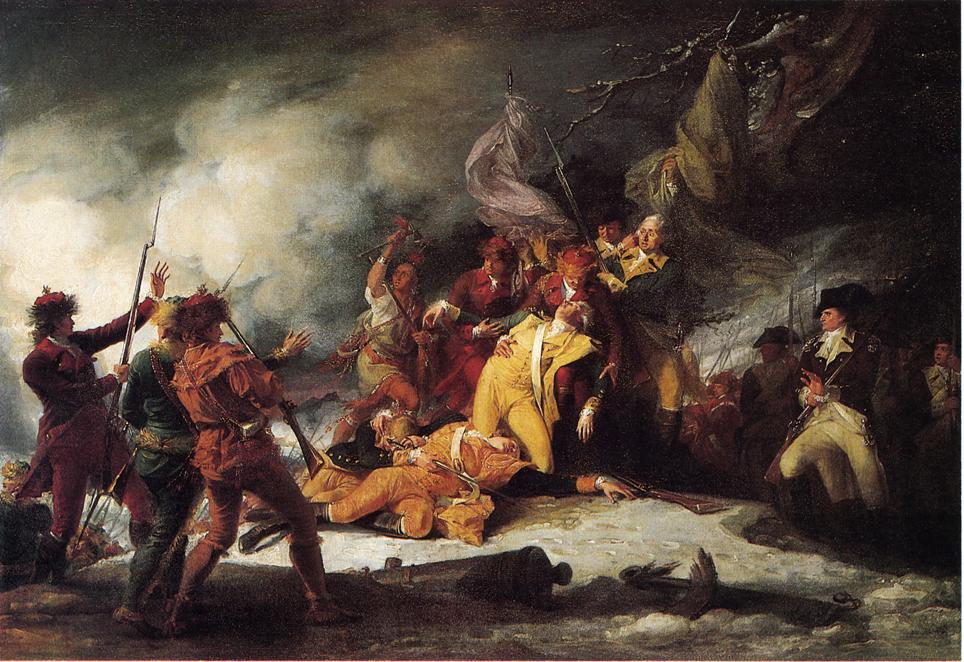Our
adventure to Cherokee was different than what I had expected. In my mind, I had
imagined more residencies and less urbanization, along with a strong
traditional vibe that filled the air everywhere you went. Instead, as we pulled
into Cherokee, we drove along a strip of commercialized shops that appealed to
the tourist mentality of a need for souvenirs and a false display of what it
means to be a Native American. There were men dressed in extravagant head
dresses and clothing that would be typical in an old western film, ready to
dance if you paid them. This was not my ideal visual of first impressions as I
arrived.
Once
we arrived to the museum and began walking around and reading all about the
Cherokee lifestyle, history and struggle that their people endured, I began to
gain a new sense of respect and understanding. The museum revealed a great
amount of information, in fact too much to take in with just one visit, but I
believe that they couldn’t have portrayed their story in a better way. Their
use of visuals and artifacts was spectacular, especially the all too realistic
characters on display that really captivated the Indian persona and physical
attributes, making me feel as if I were actually back in time standing amidst a
real native.
After
gaining such a large amount of knowledge about the Cherokee people’s past and struggle
among the white man, I was able to look at the strip of tourist’s shops in a
new light. Rather than having a sense of misunderstanding, I now understood
that their use of commercial shops to appeal to the tourists is their way of
fitting in and surviving in a white man’s world. It’s just another way in which
they have adapted their lives in order to manage with their constant defeat and
struggles they are constantly forced to face.





